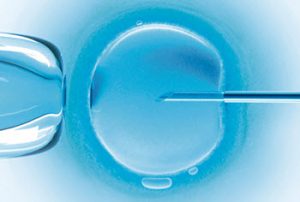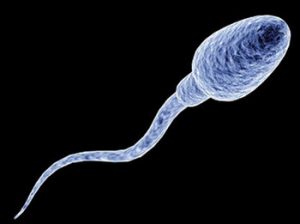Broadly speaking, most fertility treatments fall into one of three categories: medical fertility treatments, surgical fertility treatments and assisted conception.
Fertility medicines
A majority of the available fertility medicines work by increasing the chances of successful ovulation. There are also a few fertility medications that work in other ways, including fertility medications prescribed for men.
Here are a few examples of commonly used fertility drugs:
| Name | Info |
| Gonadotrophins | Gonadotrophins encourage ovulation in women and may also improve fertility in men. |
| Clomifene | Encourages monthly ovulation in women who don’t ovulate regularly or doesn’t ovulate at all without treatment. |
| Tamoxifen | An alternative to clomifene |
| Metformin | Commonly prescribed to women with polycystic ovary syndrom (PCOS) to encourage ovulation. |
Medical fertility treatment can produce side effects. Talk to your prescribing physician or read the medicine leaflet to find out more about reported side effects and their prevalence for a specific fertility medicine. For many fertility medicines, headaches, hot flushes, nausea and vomiting are fairly common side effects.
Surgical treatments
In some cases, surgery is required to increase the chances of pregnancy. Here are a few examples of situations where surgical treatment can be necessary:
Blocked or scarred fallopian tubes
If one or both of a woman’s fallopian tubes (that goes from the womb to each ovary) are blocked or scarred, surgery can be necessary to increase the chances of an egg successfully passing through them.
Epididymal blockage in the testicles
Inside each testicle, we’ll find the epididymis, a coil-like structure that helps with the storage and transportation of sperm. If there is a blockage in the epididymis, surgery can be required so sperm can be ejaculated normally.
Lack of vas deferens
Vas deferens is the tube that drains the sperm from the testicle. If a man lacks this tube, sperm can be retrieved surgically and used for fertilization of the egg.
Other obstructions that prevent the release of sperm
 In addition to the two conditions listed above, there are other problems that can prevent the proper ejaculation of sperm and where surgical extraction of sperm can prove helpful to achieve a pregnancy. One example is when the man has had a vasectomy, especially if it has been followed by a failed vasectomy reversal.
In addition to the two conditions listed above, there are other problems that can prevent the proper ejaculation of sperm and where surgical extraction of sperm can prove helpful to achieve a pregnancy. One example is when the man has had a vasectomy, especially if it has been followed by a failed vasectomy reversal.
Sperm extraction is an outpatient procedure. It is carried out under local anaesthetic. The extracted sperm is usually tested right away to find out more about its quality. If the sperm is not be used immediately, it can be frozen and placed in storage.
Endometriosis
Endometriosis is a condition where tissue that is supposed to line the inside of the uterus (the endometrium) grows outside the uterus. Endometriosis can for instance involve the fallopian tubes, the ovaries and the tissue that lines the pelvis.
If the woman has endometriosis, laparoscopic surgery can be required to destroy or remove fluid-filled sacs called cysts.
Fibroids
Non-cancerous growths called fibroids can develop in or around the uterus, causing fertility problems. The growths cosists of muscle and fribrous tissue. Fibroids can be treated medically or surgically.
PCOS
A woman with polycystic ovarian syndrom can need a surgical procedure called laparoscopic ovarian drilling to increase fertility. This surgery is usually only carried out after medical treatment have proven ineffective. During the laparoscopic ovarian drilling, heat or laser is used to destroy part of the ovary.
Assisted conception
Intrauterine insemination (IUI) and in vitro fertilisation (IVF) are two examples of assisted conception.
Intrauterine insemination is when sperm is inserted into the uterus using a fine plastic tube. This can for instance be the solution in situations where there are mild problems with sperm mobility.
During in vitro fertilisation, one or more eggs are removed from the ovaries and fertilized with sperm in a laboratory. The resulting embryo is then placed inside the uterus.
